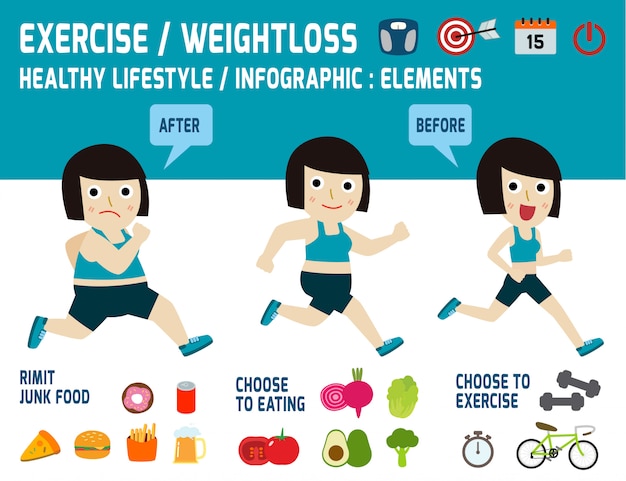Success Rates Of Cold Laser Therapy For Smoking Cessation
Success Rates Of Cold Laser Therapy For Smoking Cessation
Blog Article
Scientific Research on the Efficacy of Cold Laser Technique
Cold laser treatment is a helpful tool to help hurting management and the healing procedure. It is commonly made use of in sporting activities medicine, dermatology and acupuncture.
Cold lasers permeate deep into tissues and promote chemical changes without warming them. They reduce swelling and swelling, speed up cellular activity and accelerate recovery.
Theoretical Background
Unlike the high-intensity lasers that surgeons usage to cut through tissue, cool laser therapy utilizes light-emitting diodes to penetrate right into your skin and advertise healing. As these photons get to broken tissues, they launch a chain reaction that enhances your cells' manufacturing of enzymes and increases your body's natural healing procedures.
The photons likewise reduce pain with the production of endorphins and boost your body's ability to drain pipes inflamed locations by causing vasodilation (the growth of capillary). As a result, it aids you recoup from bone and joint injuries and pain more quickly.
Many people have become aware of cool laser therapy from their physiotherapist, chiropractic practitioner or physician and might be wondering how it works. Unlike many laser gadgets utilized in the clinical area, which in fact heat up tissue, our modern tools sends out cold laser beam that do not cause any type of heating of your tissues. This allows your body to receive the healing benefits without triggering any side effects.
Medical Tests
Cold laser treatment is typically recommended as a treatment option for patients that have bone and joint discomfort and injuries. It can be utilized to lower swelling, enhance cells and increase the body's all-natural healing processes.
Non-thermal photons of red and infrared laser radiation are taken in by the light sensitive elements in cells and launch a boost in intracellular metabolic process that enhances cell recreation, minimizes swelling, gets rid of edema and reduces healing time.
Unlike the light that is produced by sunlight or conventional lights, laser light is identical (all wavelengths traveling parallel), coherent and monochromatic. These residential properties enable laser power to penetrate much deeper right into the tissues.
A number of scientific tests have shown that LLLT can be efficient in decreasing discomfort in the musculoskeletal system. Nonetheless, more well-designed studies are required to examine the optimum setups for laser irradiation and to determine its efficiency in specific conditions, such as dental mucositis in cancer cells individuals receiving chemotherapy or radiotherapy, and wound healing (including diabetic ulcers following hammertoe surgery). This Aetna policy bulletin does not deal with various other uses of LLLT, consisting of the therapy of numerous skin diseases.
Final thoughts
Unlike surgical lasers that can destroy tumors or coagulate tissue, cool laser treatment does not heat up the body's cells. Instead, the light promotes your cells to produce adenosine triphosphate, which quickens the fixing procedure of hurt tissues.
Aetna considers low-level laser (LLL) therapy medically necessary for the avoidance of dental mucositis connected with cancer treatment (radiation treatment, radiation therapy, hematopoietic stem cell hair transplant) and non-cancer treatments (such as radiodermal injury, fibromyalgia). Several studies revealed that LLT can be efficient in lowering PU symptoms without unfavorable effects. Nevertheless, distinctions in research layouts and laser dosimetry made comparison of the results tough; RCTs with low danger of predisposition are needed. Using a 660 nm wavelength and higher energy density appears to be much more efficient than the various other researched laser wavelengths. This could be due to the fact that the other wavelengths may boost inflammatory procedures and create more adverse effects. The impact of the kind of laser used is also crucial; the authors recommend that future study concentrate on examining different types of lasers and their doses to determine the optimum mix of laser criteria for PU avoidance.
Suggestions
Cold laser therapy is used by dental professionals to treat inflamed periodontal cells, medical professionals to relieve pain caused by rheumatoid joint inflammation, and physiotherapists to speed up the healing of muscle, tendon, and ligament injuries. Numerous medical insurance coverage plans cover this treatment.
Unlike warm lasers, which have a thermal result on cells, chilly lasers (also called low-level lasers) stimulate the mobile power of the skin. Photons from the laser light permeate into the cell, triggering a collection laser class four therapy treatment of chemical adjustments that advertises regeneration and reduces swelling.
In order to be effective, lasers must be effectively configuration and used. This is why it is not suggested to get an economical over the counter laser device and attempt to treat yourself in the house. A skilled specialist is called for to guarantee that the device is utilized correctly to lessen the danger of eye injury and optimize its effectiveness. The laser gadget must be gotten used to the appropriate setup, intensity, frequency, and placement of the laser on the treatment location.